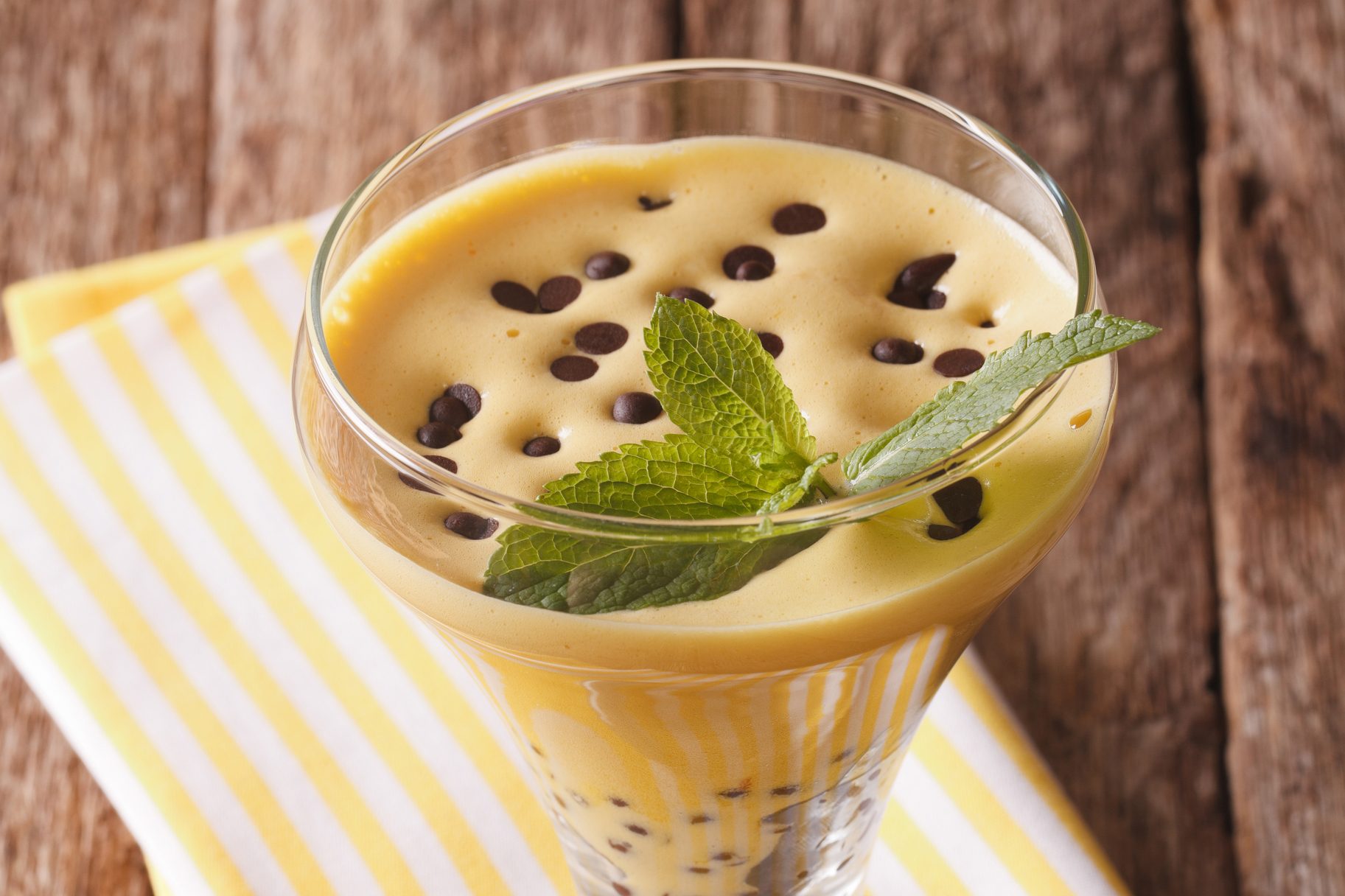Artichoke season is upon us. Large and small, purple and green, the glorious globes are everywhere. This member of the Botanical Family Asteraceae has been a favorite in Italian cuisine for thousands of years.
The ancient Romans boiled them and served them with egg and their beloved garum and with sauces of mixed herbs and heavily spiced with cumin. Since the 15th century artichokes have played a starring role on the Italian table. Today, griddled or roasted, steamed or fried, they are an icon of the cuisine. As much as I enjoy eating artichokes, this relative of the sunflower plays an important role in the craft of the Italian barman. I am talking about Cynar, an artichoke-based bitter made of over a dozen herbs and plants. Cynar was introduced in 1952 and today occupies pride of place on the barman’s shelf.
Cynar’s deeply bitter flavor profile puts it squarely in the realm of digestivi, liquors whose ability to stimulate the appetite, soothe the stomach, and aid digestion are a mainstay of Italian gustatory culture. As much as I enjoy a fruity little something now and again, I have developed a real love affair with these liquors. Their complex, multi-layered flavor are sophisticated drinks, meant to be savored and enjoyed.
People always say you eat first with your eyes. The same could be said about drinking. I am utterly seduced by the gorgeous labels of these bottles. As a child I watched as my grandfather opened his suitcases upon his return from his Italian vacations. Those trips were as much a chance to see family and friends as they were an opportunity to purchase food products he could not find here. Among those products were his beloved amari. I watched as he gently lifted the swaddled bottles from his suitcase, unwrapping them with care. My child’s eyes looked on with delight as the beautiful labels were revealed.
There were red and gold embossed foils, shiny black bottles and brightly painted labels with landscapes. Another depicted a pacchiana at work in the fields, her apron holding the bounty of the earth. And then there was that bottle with the drawing of the single beautiful artichoke. I have inherited my grandfather’s love of amari, Cynar in particular.
Cynar has a quintessential Italian taste, an earthy toasted sugar essence tinged with tobacco. At 33 proof Cynar is a good deal lower in alcohol than many other aperitivi, making it particularly attractive for preprandial consumption. As the company says, Cynar delivers true full flavor, but a light alcoholic kick. Cynarin is the artichoke component in Cynar. This phytonutrient is quite bitter and actually inhibits the sweet receptors on your tongue, essentially playing a trick on your taste buds. Cleanse your tongue of cynarin by eating or drinking something else, and suddenly your brain gets sweet messages again, an effect known as water tastes. That’s why things you eat after artichokes taste so sweet, and why artichokes are so very difficult to pair with wine.
Drink it neat, straight up or over ice with soda or tonic. Try it with orange juice. If you are a true fan of bitter, enjoy it with grapefruit juice. Today’s enterprising mixologists are making hay with Cynar. Add it to rye whiskey and Italian vermouth to make a Little Italy. For an assertive twist on the classic Daiquiri, use dark rum and Cynar. Are you a fan of the classic Americano? Try a variation and use Cynar instead of Campari. There is no end to the new Cynar based drinks. From the Art of the Choke to my favorite, the Cyn-Cin (also known as the Cin-Cyn), a contemporary take on Italy’s famous Negroni, Cynar is a versatile liquor.
Cyn-Cin
serves 1
I think of this drink as the Son of Negroni. It is often served on the rocks in an Old Fashioned or Rocks glass, but I prefer this elegant version shaken with ice, strained and served in a cocktail glass. If you prefer a bit more of an orange flavor note, add a dash or two of orange bitters. I recommend either Bittermen’s or Regan’s Orange Bitters.
1 ½ ounces gin
1 ounce Cocchi Vermouth di Torino
1 ounce Cynar
2 orange wedges
Fill a shaker half way with ice. Add the gin, vermouth, and Cynar. Hold one of the orange wedges directly over the shaker and squeeze, adding juice and aromatic oil from the peel. Cover, shake for thirty seconds, and strain into a chilled cocktail glass. Garnish with the remaining orange wedge and serve.
Cynar Mimosa
serves 1
½ ounce Cynar
3 ounces freshly squeezed grapefruit juice
4 ounces Prosecco
grapefruit wedge to garnish
Fill an Old Fashioned glass or goblet half full with ice. Add ingredients and stir. Garnish with grapefruit wedge and serve at once.
As always, bevi responsabilmente!
Cynar is available at K&L Wines, BevMo, Mission Wine & Spirits and other purveyors of spirits.
Questions? Email me at adri@AdriBarrCrocetti.com or visit my site at AdriBarrCrocetti.com































